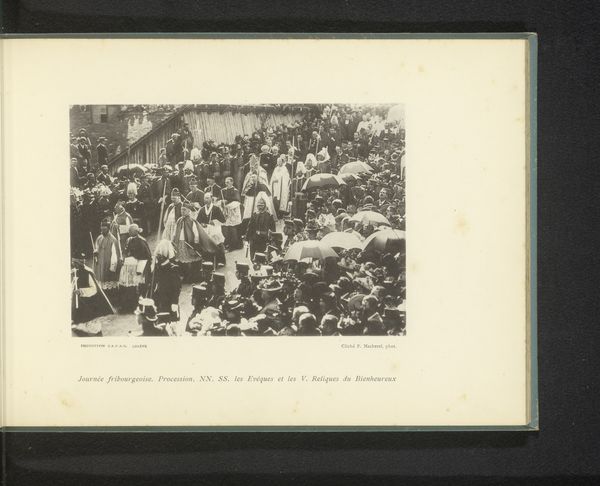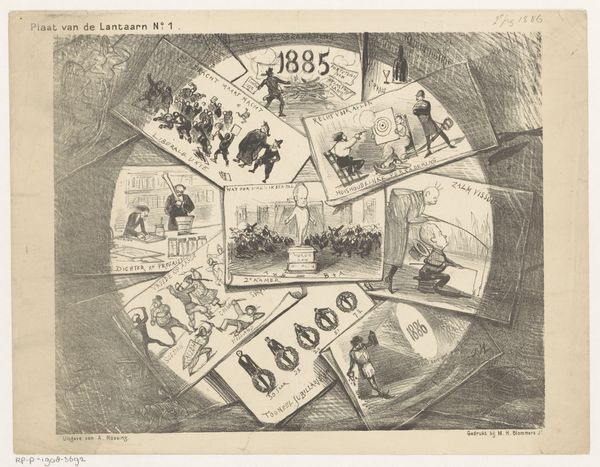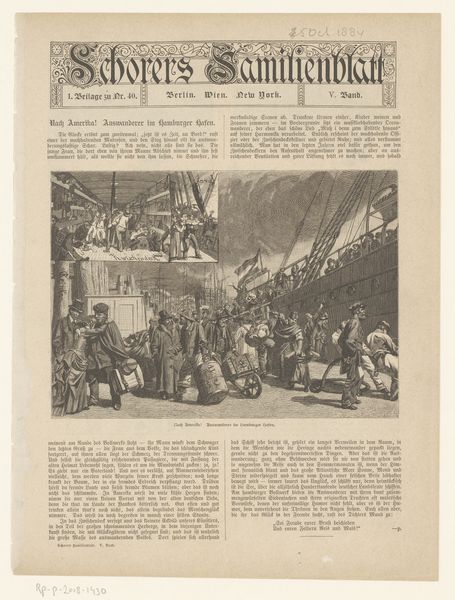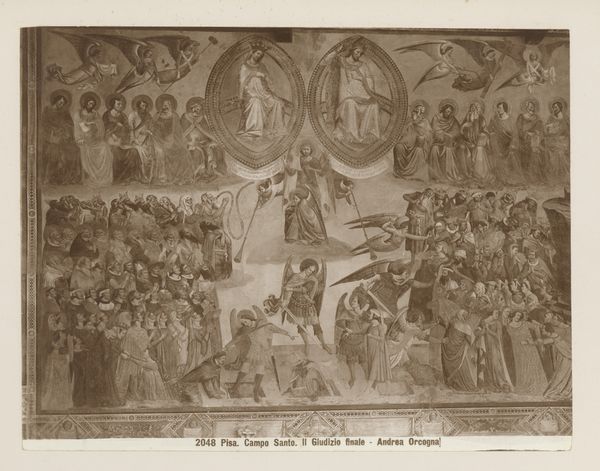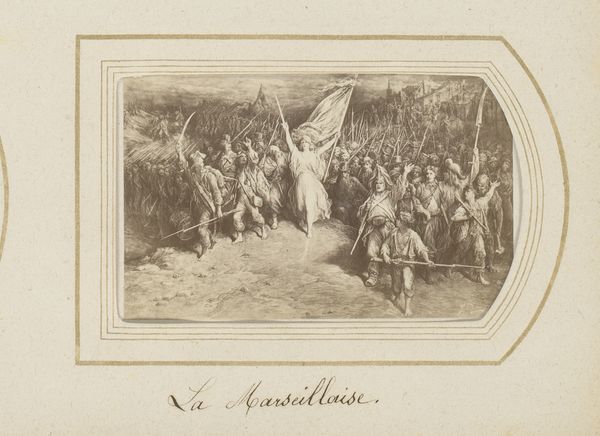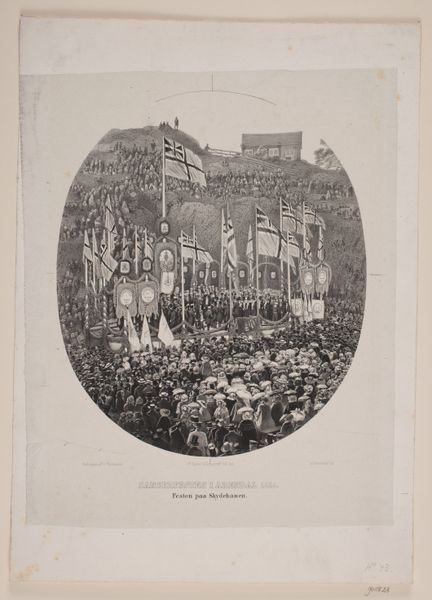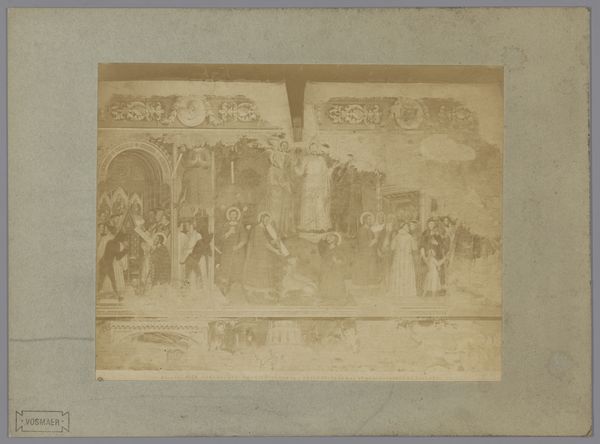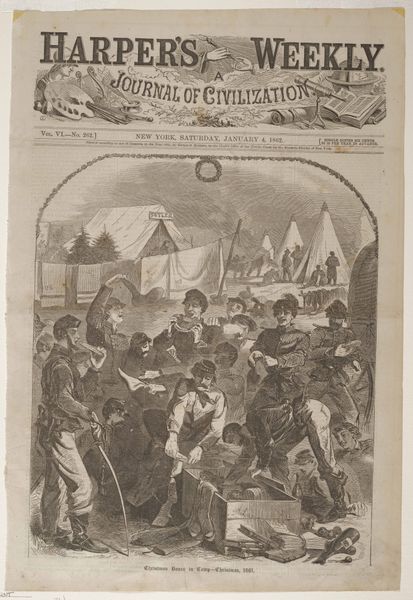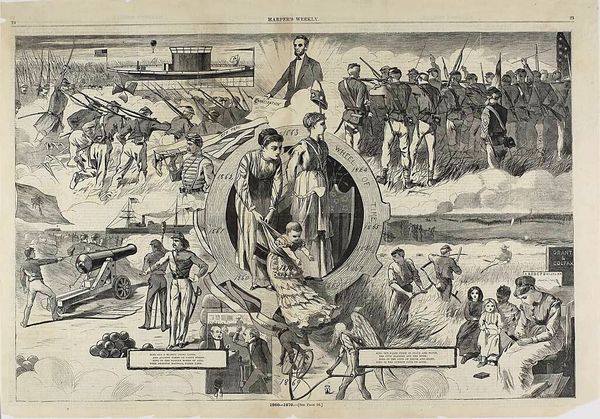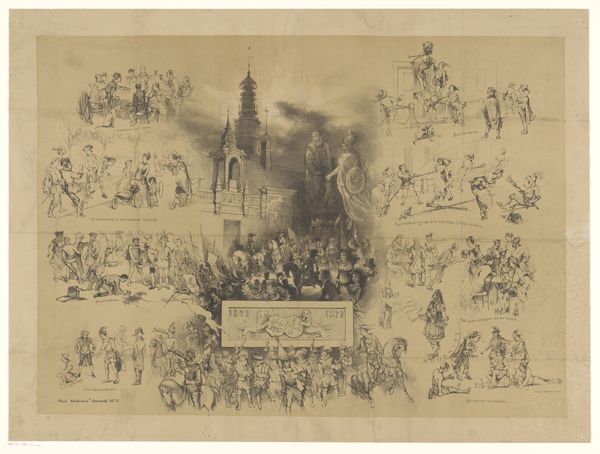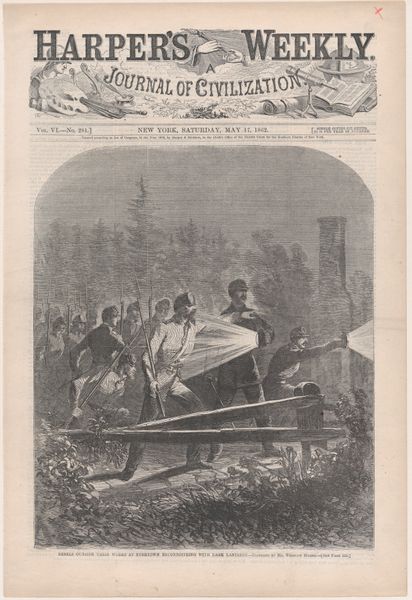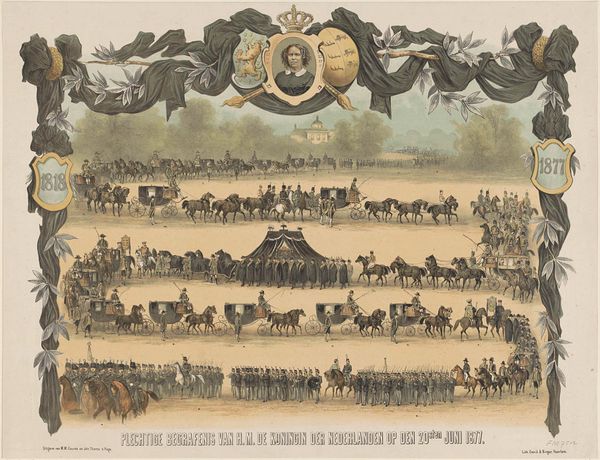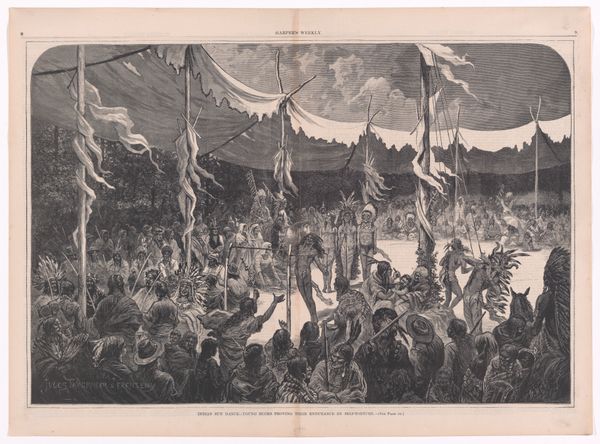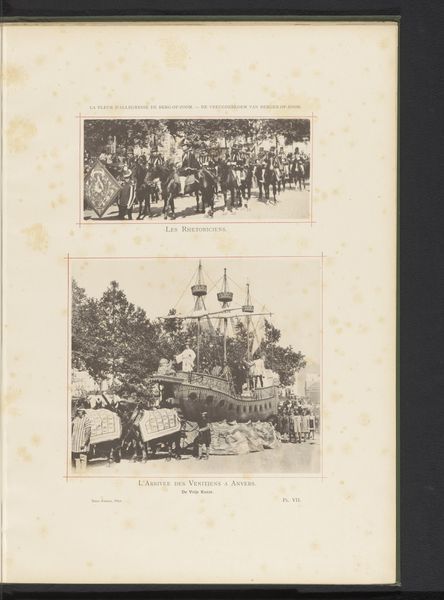
Copyright: © Cildo Meireles | CC-BY-NC-ND 4.0 DEED, Photo: Tate
Editor: This is Cildo Meireles' "Insertions into Ideological Circuits 2: Banknote Project." It appears to be a Brazilian banknote with the words "Yankees Go Home" stamped on it. It's fascinating how something so small and commonplace becomes a vehicle for protest. What's your take on it? Curator: It's a powerful gesture precisely because of its simplicity and chosen medium. Consider the banknote itself: a symbol of national identity and economic power. By stamping "Yankees Go Home," Meireles is hijacking that symbol, inserting a dissenting voice into the very fabric of the established order. How does this act of defacement challenge the traditional function of money in society? Editor: That's a really interesting perspective. So it's not just about the political message, but also about subverting the established role of currency and who controls it? Curator: Precisely. And think about the artwork's circulation. It enters the public sphere through everyday transactions, potentially reaching a far wider audience than a gallery-bound piece. It forces a confrontation with ideology in unexpected places. Editor: Wow, I never thought about it that way. It's amazing how such a simple act can carry so much weight. Curator: Indeed. Meireles uses the existing system against itself, prompting us to question the underlying power structures embedded within seemingly neutral objects.
Comments
tate 7 months ago
⋮
http://www.tate.org.uk/art/artworks/meireles-insertions-into-ideological-circuits-2-banknote-project-t12518
Join the conversation
Join millions of artists and users on Artera today and experience the ultimate creative platform.
tate 7 months ago
⋮
Meireles conceived his two Insertions into Ideological Circuits projects for an exhibition of conceptual art held at The Museum of Modern Art, New York in 1970 entitled Information. The Cédula or Banknote Project and the Coca-Cola Project (see Tate T12328) explore the notion of circulation and exchange of goods, wealth and information as manifestations of the dominant ideology. For the Banknote Project Meireles stamped subversive messages onto banknotes before returning them to normal circulation. The twenty-seven banknotes presented to Tate by the artist include varying denominations of cruzeiro notes – the Brazilian currency of the time – as well as US dollar bills. The messages, appearing in both English and Portuguese, include such anti-American slogans as ‘Yankees Go Home’ as well as calls for democracy and political freedom – ‘Straight Elections’ – and the words ‘Quem Matou Herzog?’ or ‘Who Killed Herzog?’, referring to a journalist who died in police custody under suspicious circumstances. Meireles stamped the banknotes on both sides – his message appearing on one side and the work’s title and the artist’s statement of purpose: ‘To register informations and critical opinions on bottles and return them to circulation’ – appearing on the other. The Coca-Cola Project follows a similar format: Meireles attached transparent labels with his slogans and the work’s title and purpose to the sides of Coca-Cola bottles which, once emptied of Coca-Cola, would be returned to the factory to be reused. Thus the artist’s messages circulated invisibly within Brazilian society. Meireles has commented:

